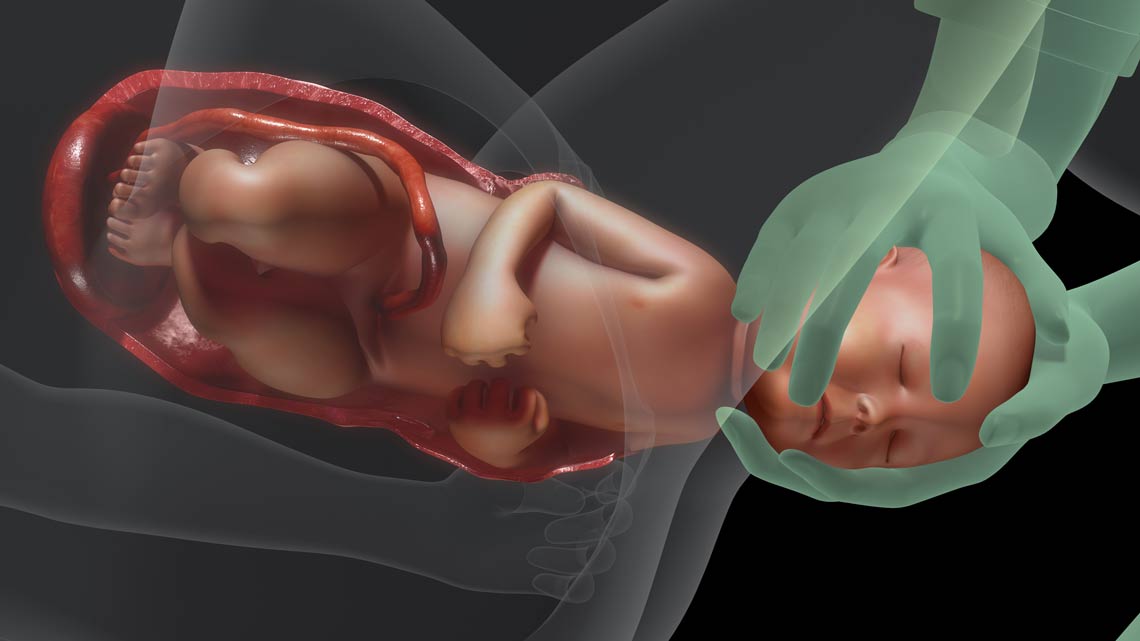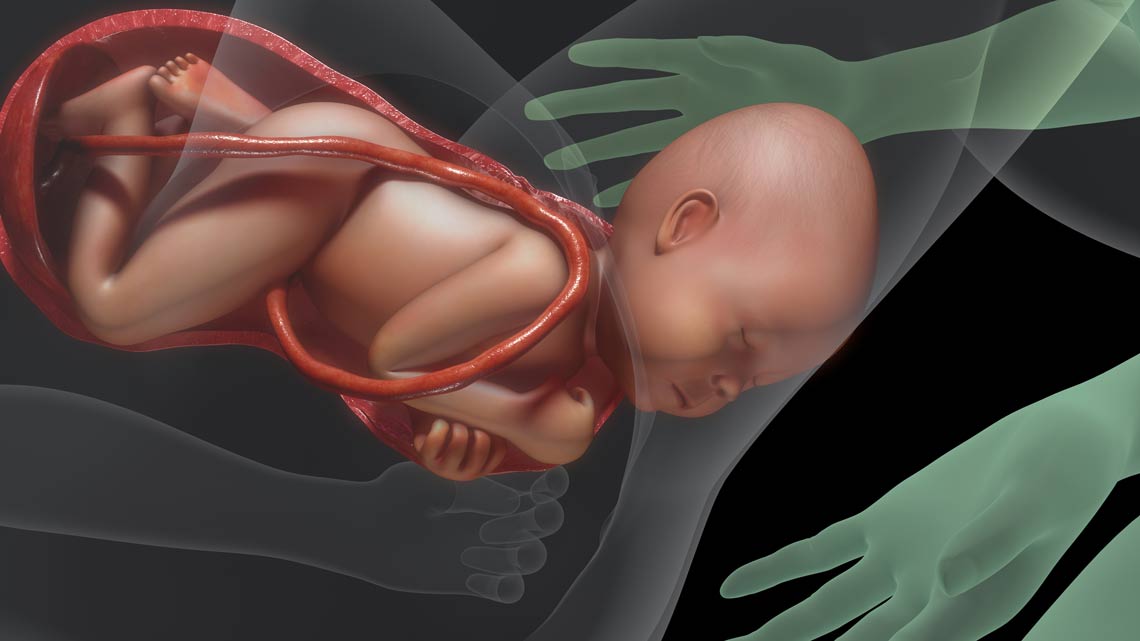 2) birth of the baby-this usually starts with the head, followed by the shoulders, and then the rest of the baby’s body;
2) birth of the baby-this usually starts with the head, followed by the shoulders, and then the rest of the baby’s body;
 and 3) delivery of the placenta.
A prolonged second stage of labor has been associated with clavicle fractures. This may, however, be due to other maternal and/or infant characteristics.
For example, decreasing maternal height and increasing maternal obesity have been identified as risk factors for neonatal injury. The reasons may be related to an increased presence of a condition called cephalopelvic disproportion. In other words, the size of the baby’s body is too big for the mother’s pelvis.
and 3) delivery of the placenta.
A prolonged second stage of labor has been associated with clavicle fractures. This may, however, be due to other maternal and/or infant characteristics.
For example, decreasing maternal height and increasing maternal obesity have been identified as risk factors for neonatal injury. The reasons may be related to an increased presence of a condition called cephalopelvic disproportion. In other words, the size of the baby’s body is too big for the mother’s pelvis.
 Shoulder dystocia refers to the failure of a newborn’s shoulders to be delivered spontaneously after the baby’s head has been delivered. Usually, one of the baby’s shoulders is stuck against the pubis of the mother.
Shoulder dystocia refers to the failure of a newborn’s shoulders to be delivered spontaneously after the baby’s head has been delivered. Usually, one of the baby’s shoulders is stuck against the pubis of the mother.
 When this occurs, management usually requires an obstetric maneuver to relieve and help the delivery progress. These maneuvers can increase the forces a baby experiences during delivery.
Normal forces experienced by the vaginal delivery of a baby’s head demonstrate forces up to 120 Newtons during active pushing of the baby through the birth canal. By contrast, the use of a vacuum to extract the baby is associated with forces averaging 225 Newtons, or almost double the force.
High birth weight is another independent risk factor for a neonatal clavicular fracture. This is unsurprising as increased birth weight typically relates to the increased size of the baby that must pass through the birth canal.
When this occurs, management usually requires an obstetric maneuver to relieve and help the delivery progress. These maneuvers can increase the forces a baby experiences during delivery.
Normal forces experienced by the vaginal delivery of a baby’s head demonstrate forces up to 120 Newtons during active pushing of the baby through the birth canal. By contrast, the use of a vacuum to extract the baby is associated with forces averaging 225 Newtons, or almost double the force.
High birth weight is another independent risk factor for a neonatal clavicular fracture. This is unsurprising as increased birth weight typically relates to the increased size of the baby that must pass through the birth canal.
 Understanding risk factors for the development of a clavicle fracture, or other birth trauma may be helpful in the prevention and/or diagnosis of neonatal injuries.
Understanding risk factors for the development of a clavicle fracture, or other birth trauma may be helpful in the prevention and/or diagnosis of neonatal injuries.
Dr. John, Esq. is both an attorney and a physician. Before obtaining his law degree, Dr. John Naranja practiced for approximately 12 years as an orthopedic surgeon.
